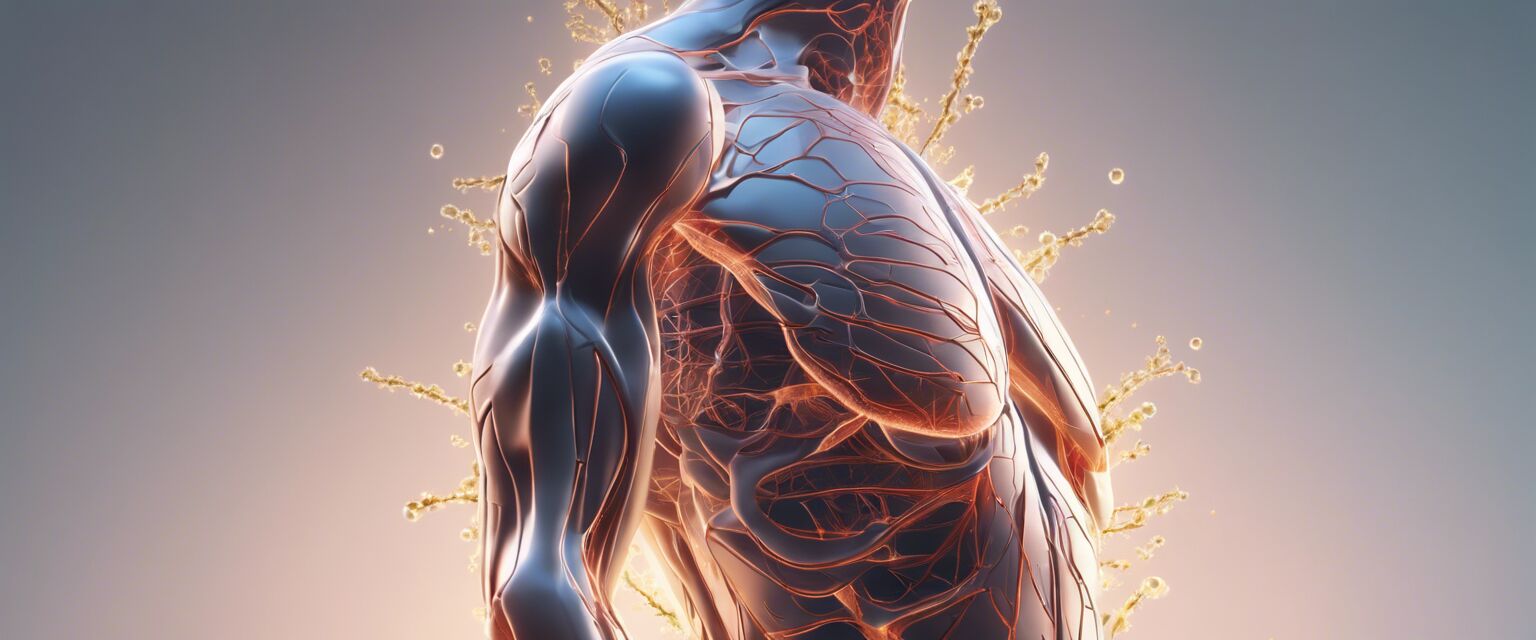
Introduction to CBD for Pain Relief
Cannabidiol (CBD) has gained significant attention in recent years for its potential use in pain relief. As research progresses, many individuals turn to CBD as a natural alternative for managing pain. This article provides an overview of CBD, its benefits, legal status, and more.
Key Takeaways
- CBD is a natural compound derived from hemp and marijuana plants.
- It may help in managing pain, inflammation, and other related conditions.
- The legal status of CBD varies by location, with different regulations affecting its availability.
- Understanding the product types available is crucial for effective usage.
What is CBD?
Cannabidiol, commonly known as CBD, is one of over 100 cannabinoids found in the cannabis plant. Unlike THC, another well-known cannabinoid, CBD does not produce psychoactive effects and is typically used for its potential therapeutic properties.
History of CBD
The use of cannabis for medicinal purposes dates back thousands of years. However, CBD specifically has gained attention in recent decades as scientists and researchers have explored its properties. In recent years, public interest has surged, leading to increased research and development of CBD products.
Benefits of CBD for Pain Relief
While research is ongoing, some potential benefits of CBD for pain relief are becoming evident. Here are some key benefits:
- Natural alternative: Many individuals seek natural alternatives to pharmaceutical pain relievers.
- Anti-inflammatory properties: CBD may help reduce inflammation, which is often linked to pain.
- Endocannabinoid system modulation: CBD interacts with the body's endocannabinoid system, potentially helping to manage pain signals.
Types of CBD Products
CBD is available in various forms, each suitable for different methods of consumption. Hereâs a breakdown of common CBD products:
| Product Type | Description |
|---|---|
| CBD Oils | Liquid extracts that can be consumed directly or added to food and beverages. |
| CBD Capsules | Pre-measured doses of CBD in capsule form, offering convenience and ease of use. |
| CBD Edibles | Infused food products such as gummies and chocolates for a tasty way to consume CBD. |
| CBD Topicals | Lotions, creams, and balms applied directly to the skin for localized relief. |
| CBD Patches | Transdermal patches that release CBD into the bloodstream over time. |
| CBD Vapes | E-liquid formulations designed for vaporizing, offering fast-acting effects. |

Legal Status of CBD
The legal status of CBD varies significantly by country and state. In the U.S., the 2018 Farm Bill legalized hemp-derived CBD products that contain less than 0.3% THC. However, regulations may differ at state levels, impacting availability and sales.
Where is CBD legal?
To stay informed about the legality of CBD in your area, itâs essential to check local laws and regulations. The following table outlines the general legal status in different regions:
| Region | Legal Status |
|---|---|
| Europe | Legal steps vary by country; usually legal if derived from hemp. |
| Canada | Legal throughout the country for both medicinal and recreational use. |
| Australia | Legal for medicinal use with a prescription. |
| United States | Legal federally if derived from hemp; state laws vary. |

Conclusion
As more individuals explore natural alternatives for pain relief, CBD has emerged as a popular option. Its potential benefits, coupled with the increasing availability of diverse products, make it worth considering. However, understanding the legal status and regulations surrounding CBD is essential for safe and informed use.
Pros
- Natural alternative to traditional pain relief methods.
- Wide variety of products and consumption methods available.
- Potential for reduced inflammation and pain modulation.
Cons
- Legal status varies, which may complicate access.
- Limited research in some areas, leading to uncertainty.
- Effectiveness can vary based on individual biology.
Tips for Beginners
- Start with lower doses to assess tolerance.
- Consult with a healthcare professional before starting CBD.
- Research different product types to find what works best for you.
Additional Resources
For further information on specific CBD products, visit the following sections:
- CBD Capsules - Learn about the benefits and uses of capsules.
- CBD Edibles - Discover tasty options for consuming CBD.
- CBD Oils - Find out more about how oils can be used.
- CBD Patches - Explore the convenience of transdermal options.
- CBD Topicals - Learn about topical applications for targeted relief.








